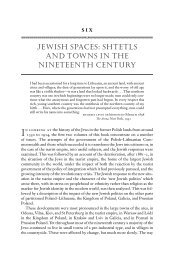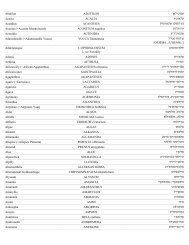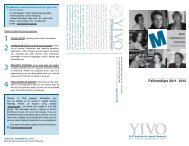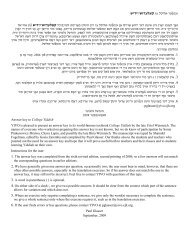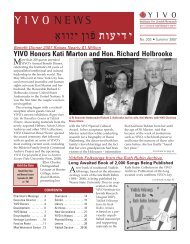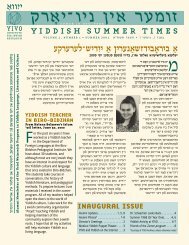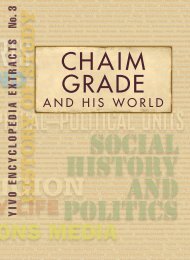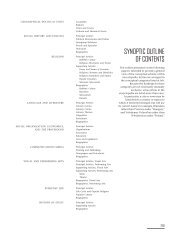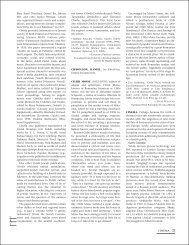Here - YIVO Institute for Jewish Research
Here - YIVO Institute for Jewish Research
Here - YIVO Institute for Jewish Research
You also want an ePaper? Increase the reach of your titles
YUMPU automatically turns print PDFs into web optimized ePapers that Google loves.
and gestures. Finally, we encounter them in the extraordinarysituation of meeting with their kin from beyond theAtlantic. It is here that family ties and relationships withinthe community are fully revealed. The scenes played outbe<strong>for</strong>e our eyes make us not only witnesses of history,but also a party to these events.For the Jews from the United States visiting their <strong>for</strong>merhomes the journey to Poland was a sentimental one: avoyage to their own lost past, as it were. The nostalgicand emotional component of these trips is evidenced bya note composed by Alexander Harkavy during his firstreturn visit to Nowogrodek in 1921: “I finally reachedthe gates of my great, beloved town [...] The sight ofNowogrodek moved me to tears. It was 43 years sinceI left the place where my cradle once stood, where Idreamed youthful dreams, where I left the grave of mymother who died be<strong>for</strong>e her time.” Visitors’ feelings werea mixture of hope and fear. Curious about the changesthat had occurred, they still wanted to find the placesthey remembered from the past. “After 43 years I wasexpecting a lot of changes, but the market square lookedexactly the same,” Harkavy wrote. “On the other handI noticed a great change in the population, the marketplace seemed much less peopled […] yet I was happy tosee that modern <strong>Jewish</strong> culture had reached this placetoo.” The visitors, if they had cameras, recorded films withthe intention of showing them to relatives in America.They documented familiar places, families in their dailysurroundings, playing games, going on walks, waving tothe camera, sending greetings, and visiting the graves ofancestors. Next to the joy of these meetings, these filmsalso express the distance and sense of alienation that setthe filmmakers apart from their relatives in Poland. Theeveryday life of the provincial towns they observed stoodin stark contrast to the modern life of <strong>Jewish</strong> immigrantsin New York, the most modern city in the world, whilstalso the heart of modern Yiddish culture.Focused on capturing the inner life of local communities,these films provide a meaningful glimpse of the autonomyand richness of <strong>Jewish</strong> life in interwar Poland. School,youth, self-help and cultural organizations existed ineven the smallest towns, operated not only by localcommunities, but also assembled around political movements,both national and religious. This broad social1617Péter Forgács / The Klezmatics



